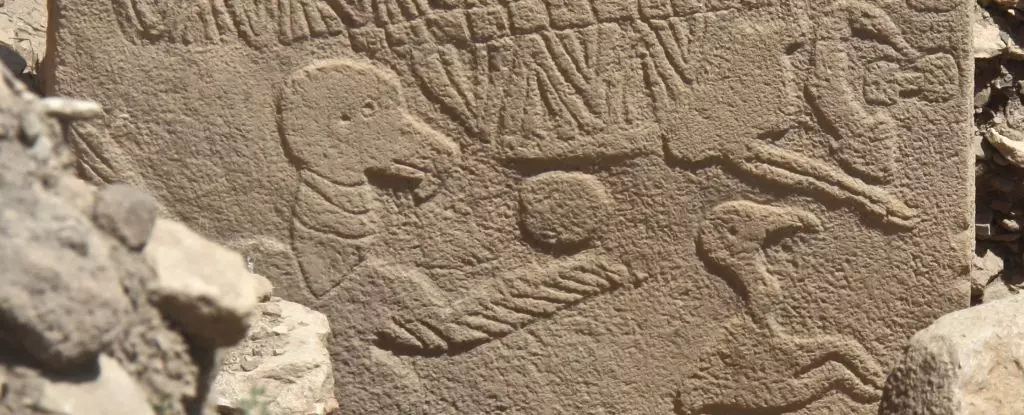The ancient monument of Göbekli Tepe in Türkiye has long been considered one of the most fascinating archaeological sites in the world. Dating back more than 10,000 years, this temple complex holds many mysteries from a civilization that existed in the distant past. Recent findings indicate that the carvings on the walls of Göbekli Tepe might be the earliest evidence of a calendar used by the Neolithic people to track time and the changing seasons. The discovery of this primitive calendar sheds light on the advanced knowledge and understanding possessed by these ancient civilizations.
The Vulture Stone and Cosmic Events
One of the most intriguing aspects of Göbekli Tepe is the Vulture Stone, a carved pillar adorned with the figure of a bird surrounded by stylized patterns. Research led by chemical engineer Martin Sweatmand suggests that the markings on the Vulture Stone may represent constellations and cosmic events. It is believed that one of the carvings on this pillar records the fall of a comet some 13,000 years ago, coinciding with a global event known as the Younger Dryas. This catastrophic event triggered a mini ice age and marked a significant turning point in human history.
Further analysis conducted by Sweatman indicates that the V-shaped marks carved onto the pillars at Göbekli Tepe could represent days. By studying these marks, Sweatman proposes that one of the pillars shows a year with 365 days, mirroring the solar year. The presence of a bird of prey on the Vulture Stone wearing a V symbol around its neck suggests a connection to the summer solstice. This intricate symbolism reveals the ancient people’s deep understanding of celestial events and their ability to track the passage of time with remarkable accuracy.
The Link to Earth’s Precession
Sweatman’s research also suggests a correlation between the animal figures on the pillars at Göbekli Tepe and Earth’s precession, the gradual shift in the planet’s rotational axis. Additionally, two of the pillars seem to depict the annual Taurid meteor shower, which may have been the source of the comet that caused the Younger Dryas event. While Sweatman’s findings have faced criticism from some archaeologists, the intricate connections he proposes between the carvings and cosmic phenomena provide valuable insights into the Neolithic people’s astronomical knowledge.
The discovery of an ancient calendar at Göbekli Tepe suggests that the inhabitants of this site were highly skilled observers of the sky. Sweatman postulates that the comet strike that led to the Younger Dryas event may have motivated the development of a new religion and advancements in agriculture to adapt to the changing climate. The intersection of astronomy, religion, and agriculture at Göbekli Tepe highlights the broader impacts of celestial events on human civilization.
The exploration of the ancient calendar at Göbekli Tepe offers a fascinating glimpse into the sophistication of early human societies. The intricate carvings and symbols found at this site provide valuable clues about the Neolithic people’s understanding of time and the cosmos. While the exact purpose of the calendar remains open to interpretation, the sheer complexity and precision of the markings point to a highly advanced culture that thrived in ancient Türkiye. Further research and analysis of Göbekli Tepe will undoubtedly continue to shed light on the profound connections between ancient civilizations and the natural world.


Leave a Reply